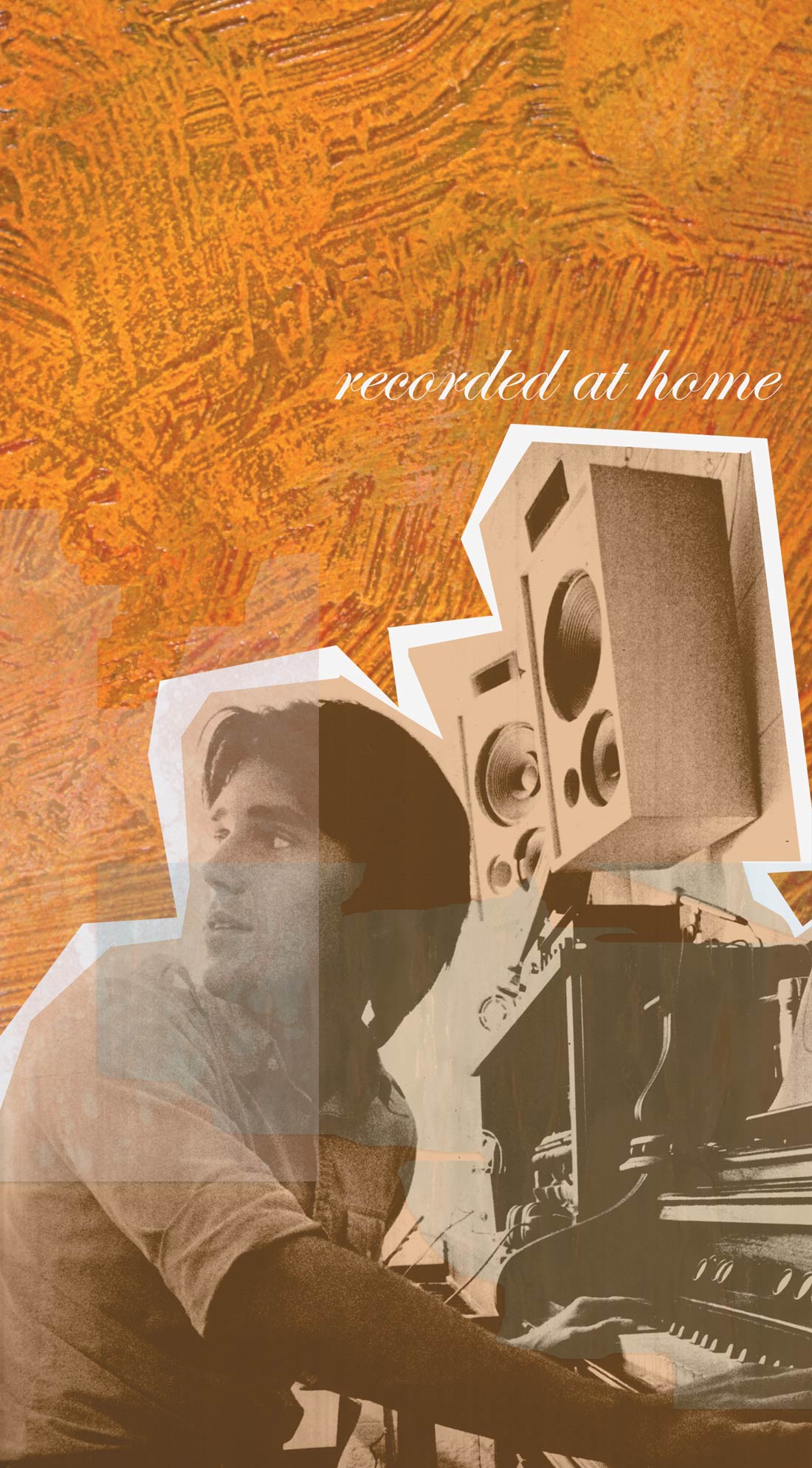The Cornford Harlequin is a hand-wired, 6-Watt "recording amplifier" with a stripped-down design that utilizes two 12AX7s, a single EL84, and a sparse control panel (Pre-amp Volume, Treble, Bass, Master Volume, Voice switch, Hi and Low inputs). One of the biggest problems with some Class-A (and most Class-AB) guitar amps is that they tend to sound unnaturally buzzy and grainy when driven too hard. In contrast, the Harlequin blends power-amp and front-end tube distortion to produce manageable, pleasing, and smooth tones-even when driven hard. As the second gain stage kicks in between 12 and 5 on the Pre-amp Volume knob, the Harlequin blasts out high-gain wails that are surprisingly smooth and controllable, although sometimes too distorted to be usable. The real payoff is between 9 and 12 on the same knob. Here, with the Voice switch engaged for a woody midrange hump, the Harlequin produces a diverse set of howling blues tones that most guitarists would die for. The P-90-style bridge pickup on my G&L ASAT produces a detailed Albert Collins scream without being piercing or brash. The humbucking Seth Lovers on my Les Paul Custom sound firm and balanced, even at higher volumes. The Harlequin's woody tone clarity and balance are no doubt partially due to the finger-jointed pine cabinet, the thin baffle board, and the Celestion Vintage 30 speaker.
Even though the Harlequin has no clean tones to speak of, its broad array of overdriven tube sounds is its greatest virtue. This is the primary difference between the Harlequin and a cranked up Champ or Princeton. Sure, in the right hands, a $300 Silverface Princeton, a handful of Sprague Orange Drops, a nice speaker, and a soldering gun will give you Class-A tone comparable to the Harlequin in quality. However, the Harlequin can instantly turn that Princeton tone into an AC-30 or a Plexi with a couple turns of the knobs. It's like having five or six incredible sounding tube amps at your disposal. In all fairness, the Harlequin does fall into the Vox/Marshall camp and is somewhat lacking in steely, bell-like Fender tones. But it does takes you all the way from soft, almost Jazz Chorus-style overdrive; through an array of clear and biting lead tones; well into unstable squeal-and-squelch territory, with all kinds of sonic possibilities. Also, the Harlequin's sustain is smooth and natural, with neither the "step down" in distortion grit as the volume drops nor the muddiness when a chord is strummed through a lead setting that other amps can exhibit.
Despite all its virtues, the Cornford Harlequin seems to suffer from an identity crisis. Its relatively-large size, volume capabilities, and lack of headroom set it somewhere in the no-man's land between studio and stage. I found the Harlequin's lead sounds to be more than loud enough for use with a full rhythm section, but it just doesn't have the headroom to cut it with most drummers. So why not loose some of the squealing overdrive off the last third of the Pre Amp Volume knob and put some usable clean tones on the first third? Some more headroom would double the Harlequin's usefulness (and market) and help pennywise musicians justify its heavy price tag.
Otherwise, the Cornford Harlequin is certainly unique and versatile, and its pristine sounds are nothing short of excellent, making it a perfect addition to any studio looking to get real Class-A guitar sounds. ($1395 MSRP, www.cornfordamps.com)




_disp_horizontal_bw.jpg)